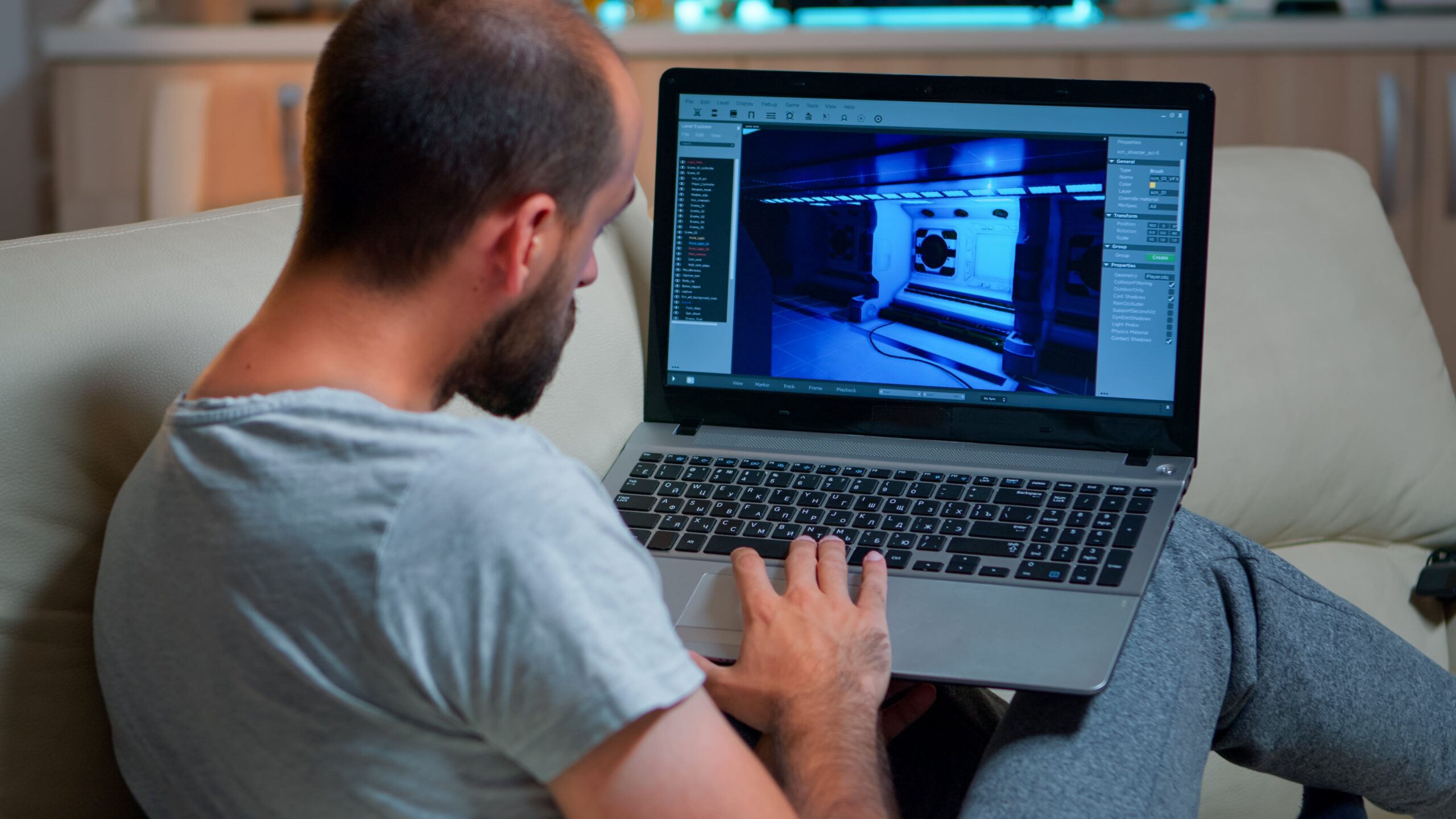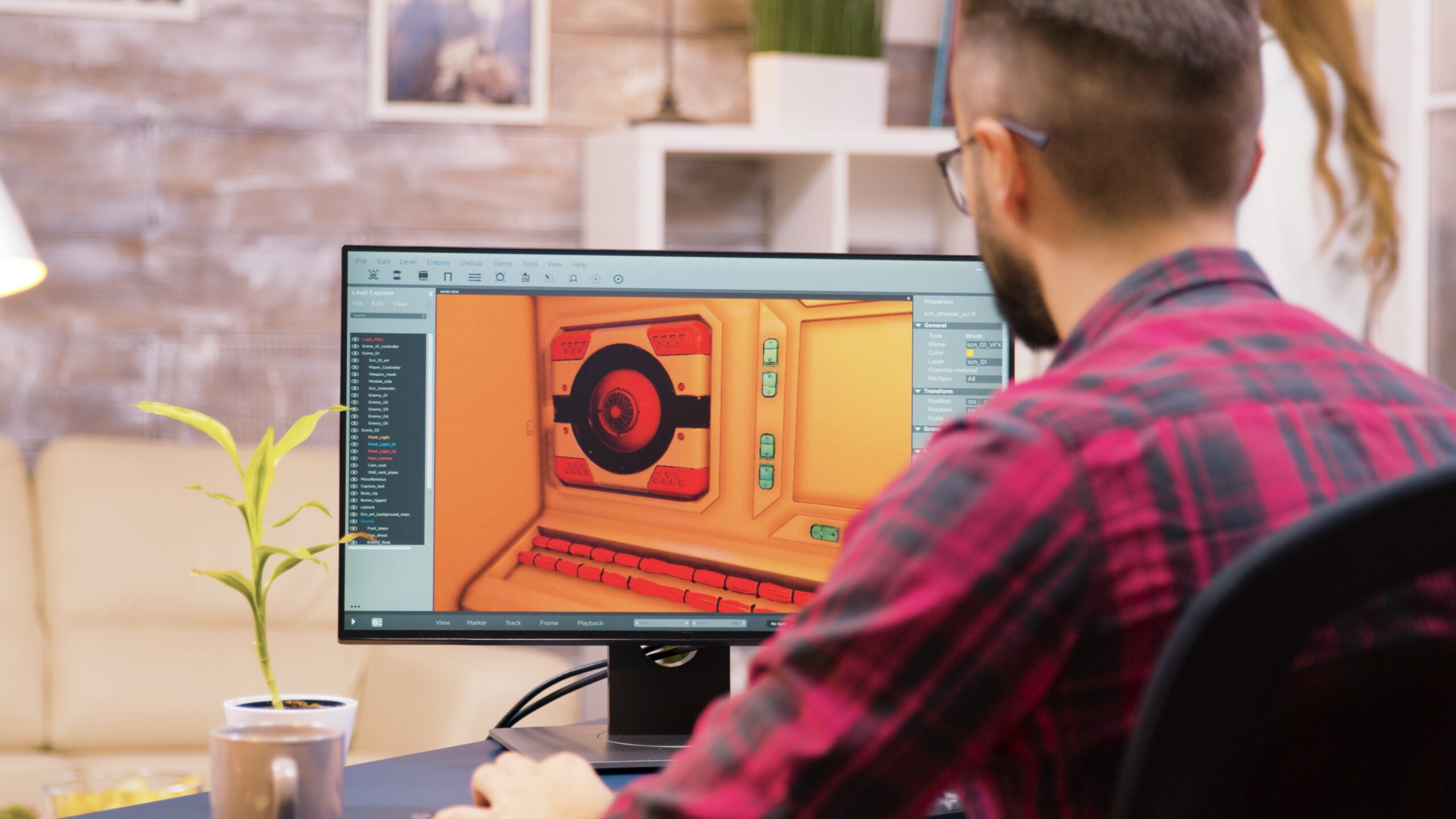Animation is a mesmerizing art form that brings characters and stories to life through visual storytelling. While the visuals in animation are crucial, the role of sound design in animation should not be underestimated. Sound design plays a pivotal role in enhancing the viewer’s experience by creating a rich auditory landscape that complements the visuals on screen.
In this blog post, we will delve into the importance of sound design in animation and explore how sound designers contribute to the magic of animated films and series.
1. Creating Atmosphere and Setting the Mood
Sound design in animation is instrumental in setting the tone and atmosphere of a scene. Whether it’s a whimsical fantasy world or a dark and eerie forest, sound designers use various sound elements such as ambient noise, music, and sound effects to transport viewers into the world of the animation.
By carefully selecting and manipulating sounds, sound designers can evoke specific emotions and enhance the overall storytelling experience.
2. Character Development through Sound
Just as visual cues are essential for developing characters in animation, sound also plays a crucial role in character development. The way a character sounds, from their voice to the sound of their movements, can provide valuable insights into their personality, emotions, and intentions.
Sound designers work closely with animators and voice actors to ensure that the sounds associated with each character are authentic and in line with their traits.
3. Enhancing Action Sequences
Action sequences in animation are often fast-paced and adrenaline-pumping, requiring dynamic sound design to heighten the excitement. Sound designers use a combination of impactful sound effects, intense music, and strategic audio editing to create a sense of urgency and tension during action-packed scenes.
The sound design not only amplifies the visual impact of the action but also keeps viewers fully engaged in the on-screen events.
4. Immersive Soundscapes
One of the key objectives of sound design in animation is to create immersive soundscapes that draw viewers into the story. By utilizing techniques such as spatial audio, surround sound, and Foley artistry, sound designers can make the animated world feel more realistic and three-dimensional.
Immersive soundscapes enhance the sense of presence and make viewers feel like they are part of the animated universe.
5. Emphasizing Emotional Beats
Emotions are a central component of storytelling in animation, and sound design plays a vital role in emphasizing emotional beats. Whether it’s a heartwarming reunion, a heartbreaking farewell, or a suspenseful revelation, sound designers use music, sound effects, and pacing to underscore the emotional impact of key moments in the narrative. Through strategic sound choices, sound designers can elicit powerful emotional responses from the audience.
6. Collaboration and Creativity
Sound design in animation is a collaborative process that involves close coordination between sound designers, animators, directors, and other creative professionals. Sound designers must interpret the vision of the creators and translate it into compelling auditory experiences that enhance the overall animation.
This collaborative environment fosters creativity and innovation, allowing sound designers to experiment with new techniques and push the boundaries of sonic storytelling.
7. Career Opportunities in Sound Design for Animation
For aspiring sound designers interested in pursuing a career in animation, there are a variety of exciting job opportunities available in the industry. Some of the top roles include:
- Sound Designer: Responsible for creating and implementing sound effects, music, and dialogue in animation projects.
- Foley Artist: Specializes in creating custom sound effects using everyday objects to enhance the realism of the audio.
- Audio Mixer: Manages the overall sound mix and balance of the audio elements in an animation.
- Dialogue Editor: Focuses on editing and enhancing the clarity of dialogue recordings for animated characters.
- Music Composer: Creates original musical scores and soundtracks that complement the visuals of the animation.
Each of these roles plays a critical part in the sound design process and contributes to the overall success of an animated project. By honing their skills and gaining hands-on experience, aspiring sound designers can carve out a rewarding career path in the animation industry.
8. Training and Education in Sound Design for Animation
To excel in the field of sound design for animation, aspiring professionals can benefit from specialized training and education programs that focus on sound design principles, techniques, and software tools. Institutions like New York University (NYU) offer courses and workshops in sound design for animation, providing students with the opportunity to learn from industry experts and gain practical experience in creating soundscapes for animated projects.
In addition to traditional academic programs, platforms like Yellowbrick offer online courses and learning experiences that cover various aspects of sound design for animation. These courses provide valuable insights into the technical and creative aspects of sound design, equipping students with the skills and knowledge needed to succeed in the competitive animation industry.
Conclusion
Sound design is a fundamental aspect of animation that enhances storytelling, evokes emotions and immerses viewers in the animated world. Sound designers play a crucial role in shaping the auditory experience of animated films and series, contributing to the overall impact and success of the projects.
By understanding the importance of sound design in animation and exploring the diverse career opportunities available, aspiring sound designers can embark on a fulfilling journey in the dynamic and creative field of animation sound design.
Key Takeaways:
- Sound design in animation is essential for creating atmosphere, developing characters, enhancing action sequences, and emphasizing emotional beats.
- Collaboration and creativity are key aspects of sound design in animation, requiring close coordination with other creative professionals.
- Various career opportunities exist in sound design for animation, including roles such as Sound Designer, Foley Artist, and Music Composer.
- Specialized training and education programs, such as those offered by NYU, can help aspiring sound designers hone their skills and succeed in the animation industry.
Considering taking the NYU Animation Industry Essentials online course and certificate program can further enhance your knowledge and skills in sound design for animation, providing valuable insights and practical experience to kickstart your career in this dynamic field.




